Khabar Khair (Only Good News) – Fatima Rashad
Yemenis raise livestock (sheep, cows, lamb), and use their revenues to overcome the economic crisis and improve the difficult living conditions caused by the conflict in Yemen. Sheep and cow breeding projects are among the main solutions that Yemenis rely on at the current stage to confront poverty and provide what is available from Yemeni families’ needs.
The damage to the agricultural sector in Yemen as a result of the conflict, and due to other factors, such as the drought that occurs in the winter and the decline of agricultural areas has led to a lack of livestock feed. All these factors have affected the Yemenis and the conduct of their lives, which prompted the rural residents to search for solutions to help them continue their lives and face the crises.
3 million and 200 thousand shepherds in Yemen
Emergency solutions to reduce famine are what Yemen needs, especially in the productive sectors, such as agriculture, fish and animal production, and according to the FAO, “livestock alone is a major source of income for 3 million and 200 thousand shepherds throughout Yemen”. Hence, the reduction or cessation of support for these sectors will cause an emergency humanitarian crisis, which prompted the “FAO” to appeal to the donors in order to raise the level of response and provide urgent aid to alleviate the plight of the farmers and fishermen in Yemen.
In addition to the “FAO” supportive role for this sector, civil society organizations, in turn, are making an effort to keep this productive sector alive. The Social Fund received a British grant for humanitarian response, thanks to which it implemented projects aimed at building animal shelters (pens), where 44 model pens were built consisting of a covered part and an exposed part, as well as a caterer and drink for animals, while 16 projects are still under implementation at a total estimated cost of 1,308,231 dollars, which will benefit about 14,560 individuals thus 25% of women.
The Mayar Development Foundation distributed sheep and cows to 350 families from Al-Azariq and Ash-Shu’ayb districts. Each family received 3 heads of sheep, in addition to that, the families also received animal feeds, and 48 large fodder cutters as well as milking equipment were distributed to 200 beneficiaries from Shabwa Governorate.
Risks that threaten the animal sector in Yemen
There are many obstacles that negatively affect the livestock sector in Yemen, but they are primarily related to the continuation of the conflict in Yemen, which affects all the vital sectors.
Regarding the most prominent of these obstacles, Abdulrahman Al-Khatib (a specialist in livestock in the Ministry of Planning) says, “There is a severe lack of nutrition, especially in traditional fodders, and a decline in the pastures and a scarcity of rain, in addition to the spread of the diseases among animals and poor production in local breeds, as a result of the absence of the animal improvement and the preservation of animal genetic material”.
Al-Khatib added, “The absence of the animal and veterinary rehabilitation, training and guidance has greatly contributed to the decline in the level of the veterinary health services provided to the farmers and breeders. Also, due to the lack of qualification and training, we find that some of them slaughter female calves, sheep, goats and their little ones”.
Meat market in Yemen
According to the agricultural census, the number of goats recorded in various regions of Yemen reached about 8,644,657 million heads, while lamb, sheep and goats amounted to 9,571,887 million heads, the number of cows reached 1,503,453 million heads, and camels amounted to about 459,885 thousand head.
According to the agricultural census, the agricultural areas decreased from 150 thousand hectares to 131,415 thousand hectares in 2018, with an area difference of about 18,585 thousand hectares.
Meat prices are witnessing a noticeable rise in Yemeni markets, as middle-income families can no longer buy red meat except on holidays and occasions, and consumers often blame the owners of the slaughterhouses. However, Muhammed Ali (the owner of a slaughterhouse) says, “We don’t control the meat prices. There are fees imposed on us when bringing sheep and cows from their owners, and there is also the currency difference, and I sell meat at a price that does not cost me a loss”.
Al-Khatib stressed, “the rise in meat prices is the responsibility of the competent authorities, which must facilitate the internal and external trade of living livestock and support the local production by supporting inputs to the local production, increasing animal production, raising the supply of livestock and meat, and reducing the cost of production, transportation, services and unjustified levies in the markets”.
Achieving self-sufficiency
The search for solutions to enhance the animal production in Yemen in the current situation must depend primarily on the solidarity of sectors affecting the animal production.
Al-Khatib said, “The possibility of providing green spaces for animal breeders, that depends on the cultivation of improved animal fodder in the rainy seasons and the adoption of projects to develop and improve natural pastures, which limit the extent of desertification, in addition to the use of modern irrigation methods, will limit the decline in the animal production witnessed by this sector”. This is in addition to adopting treatment plans for the periodic vaccination of animals and the availability of veterinary medicine in the rural and isolated areas, which will limit the deterioration of this sector.



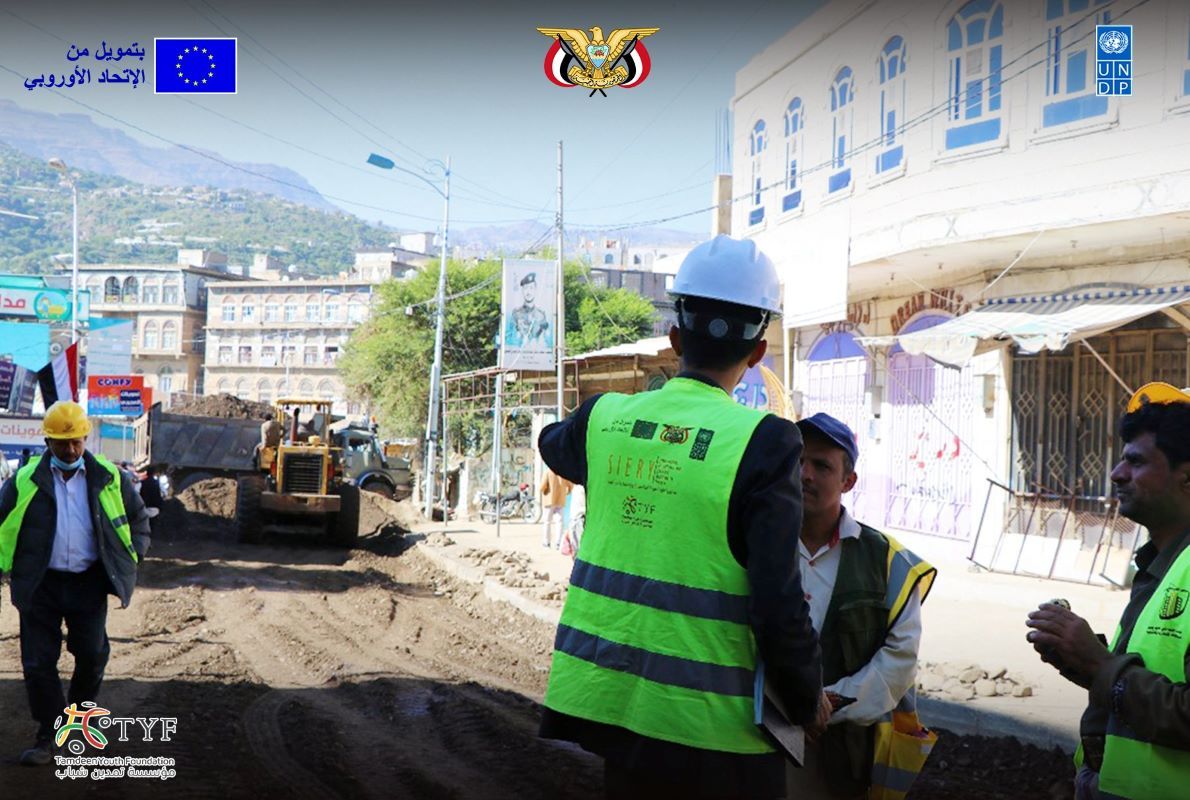
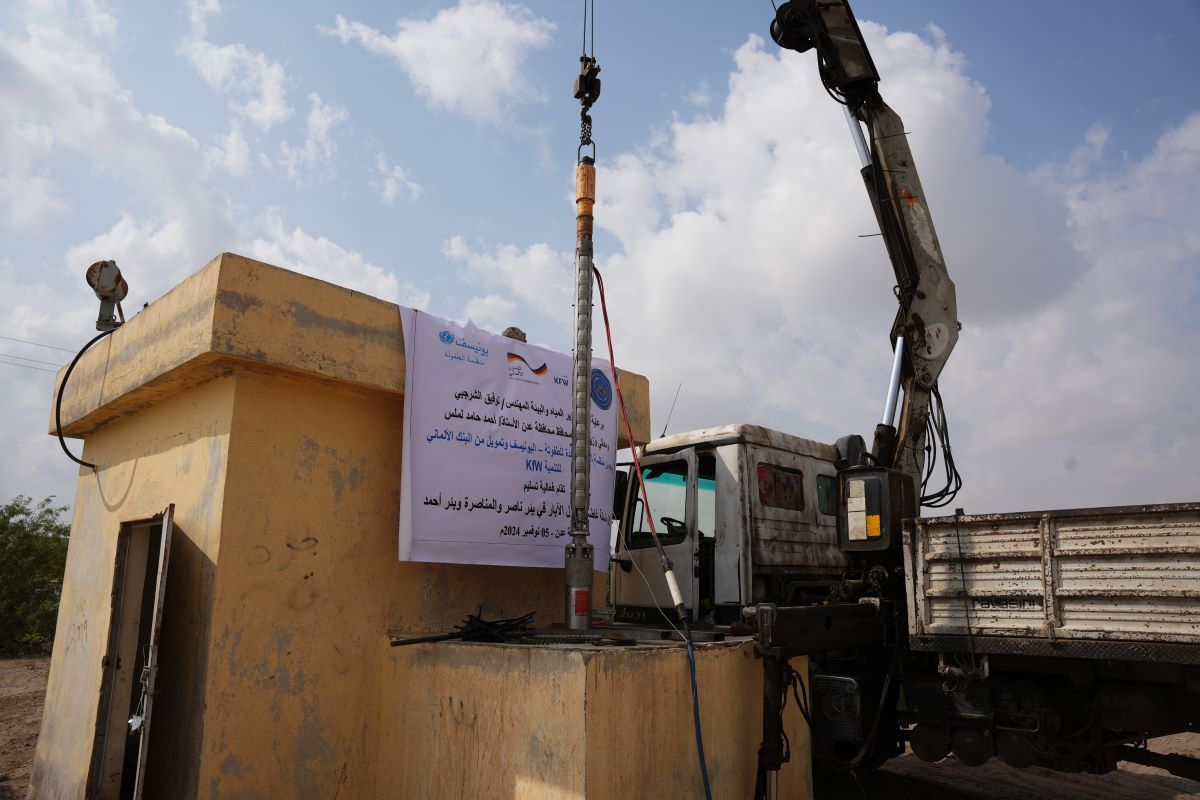
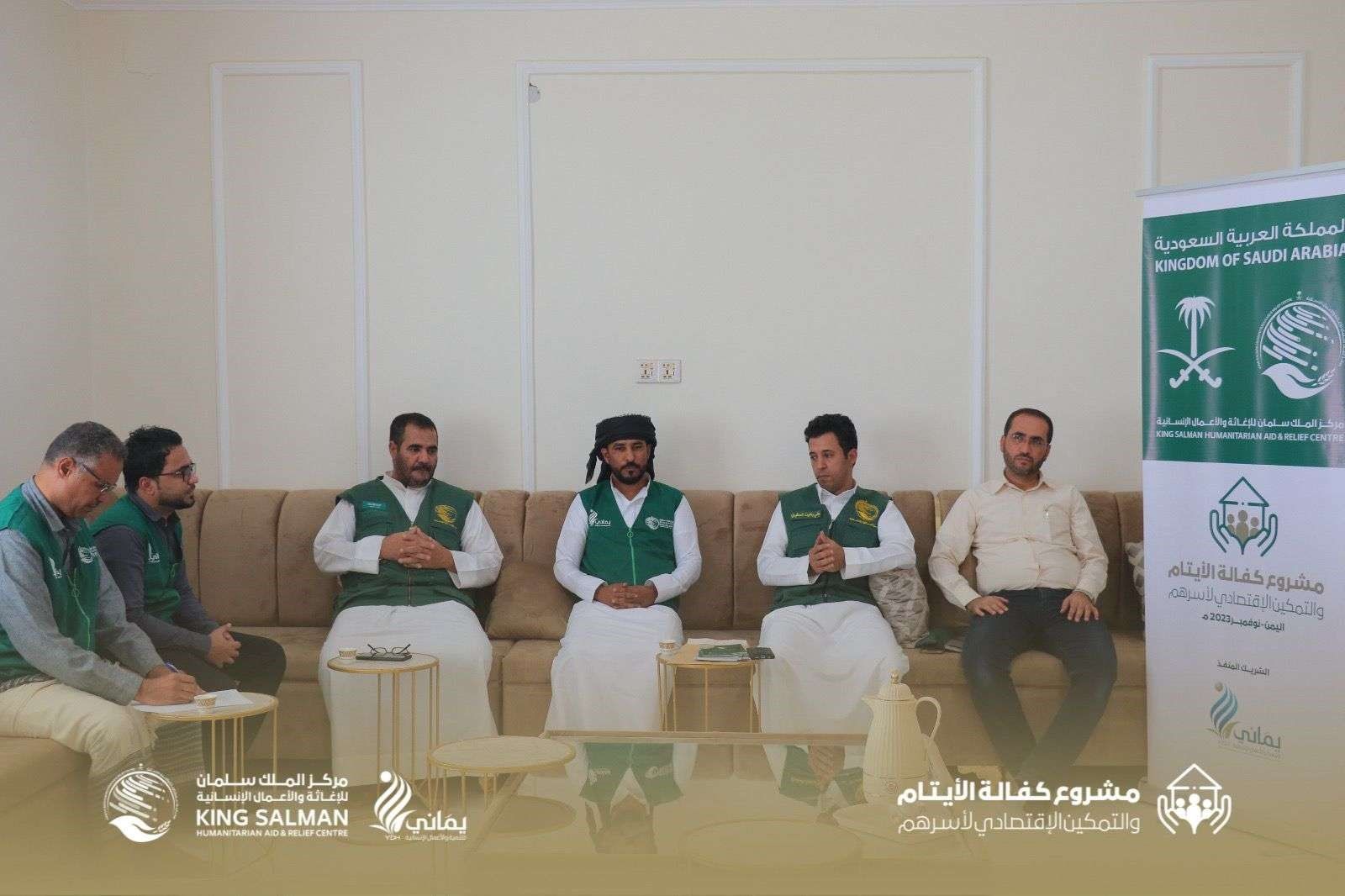
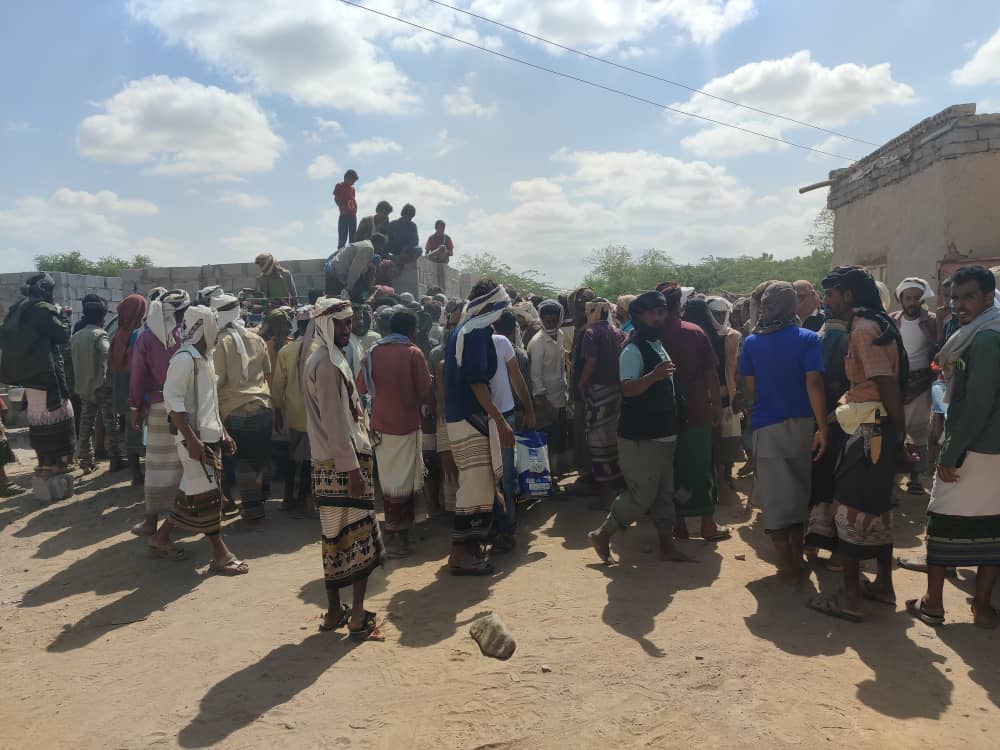
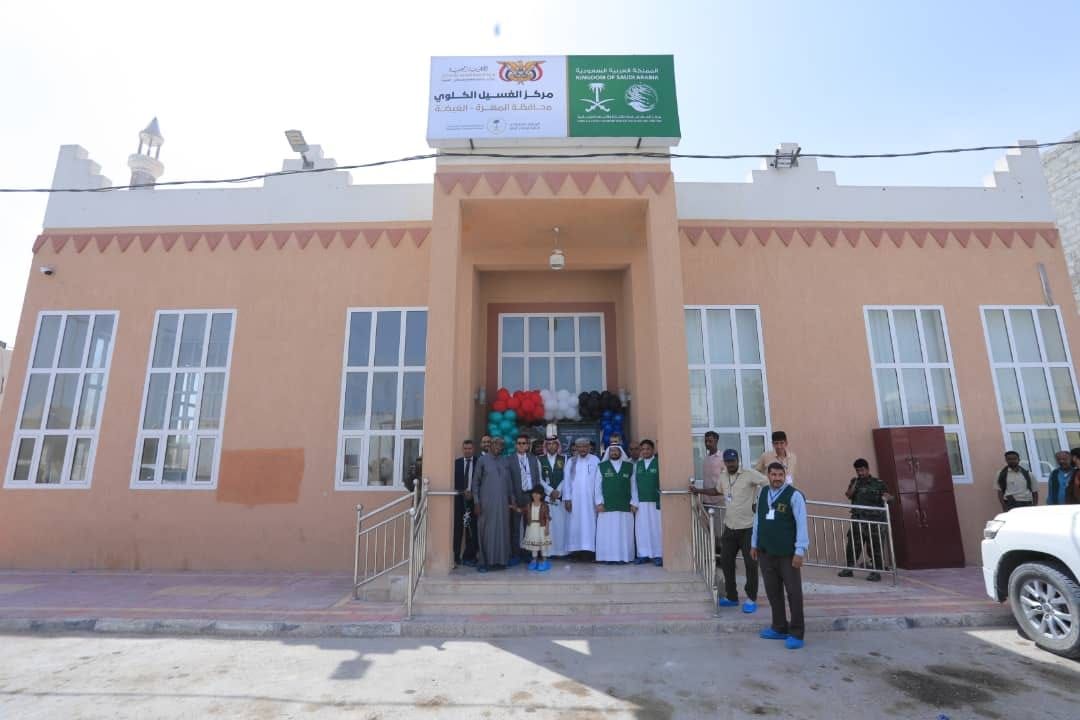

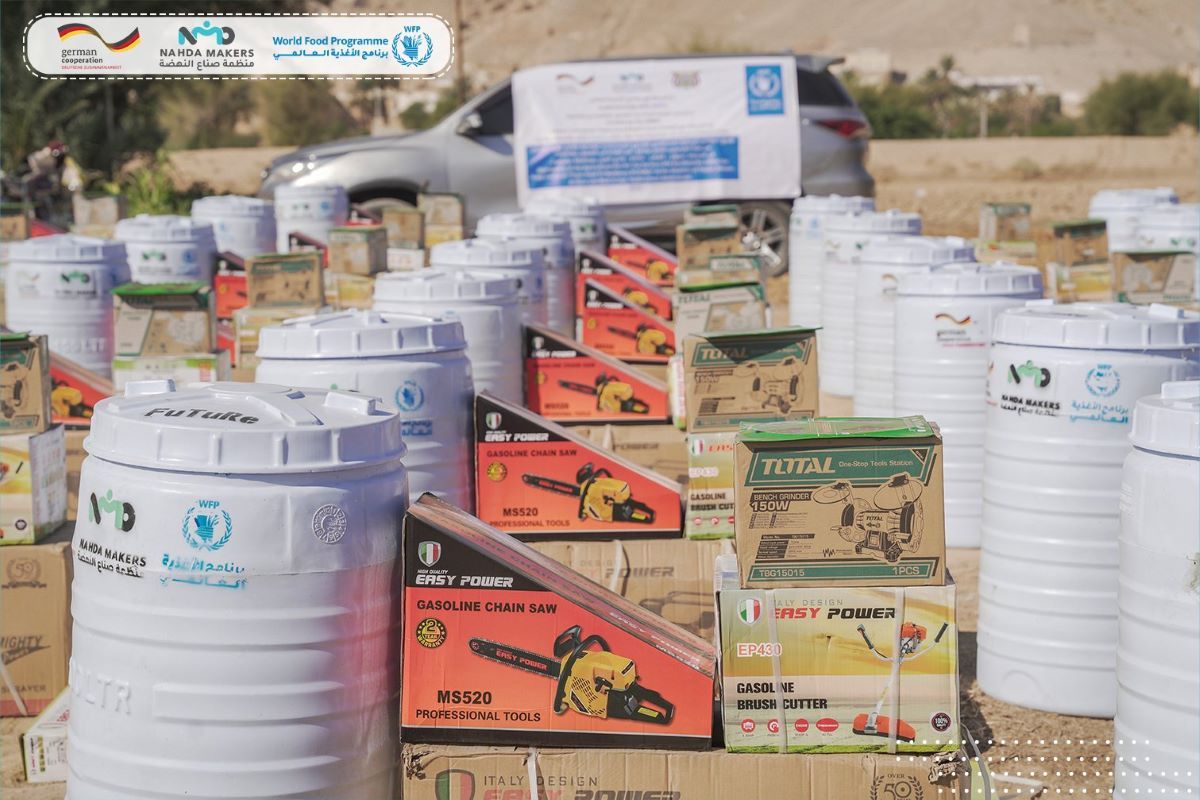

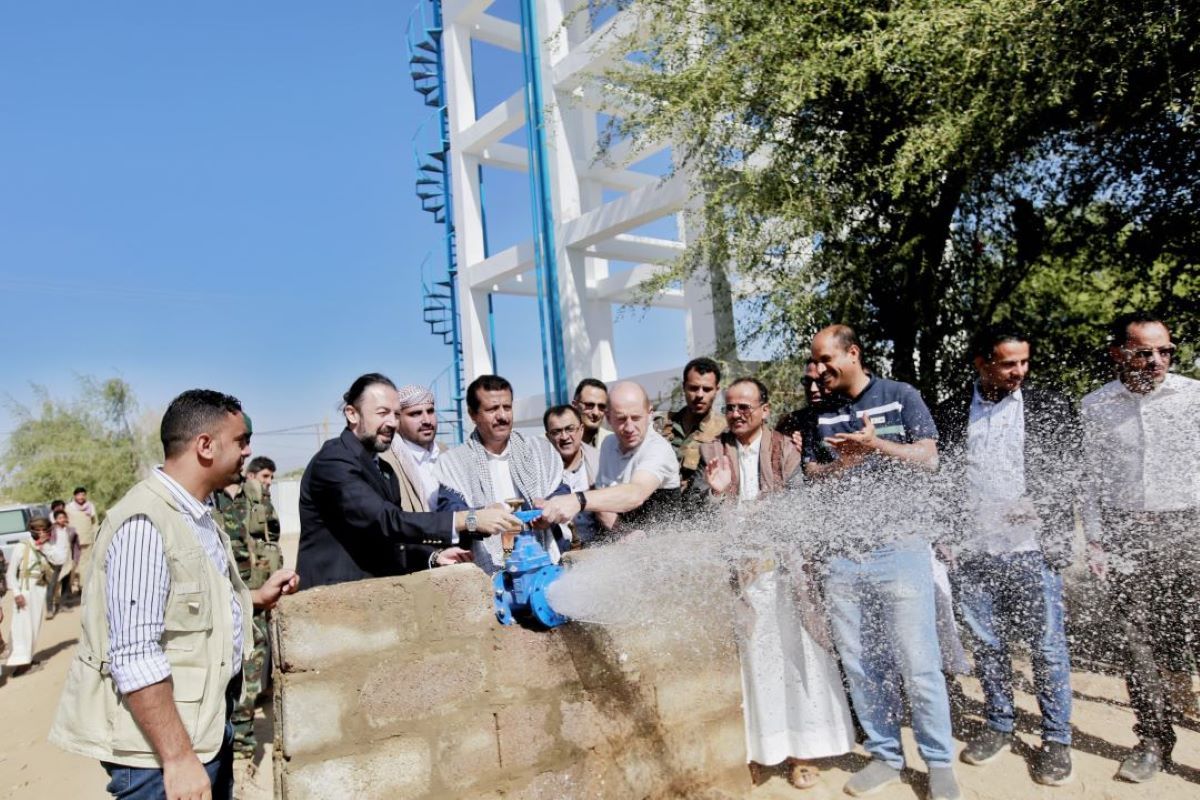
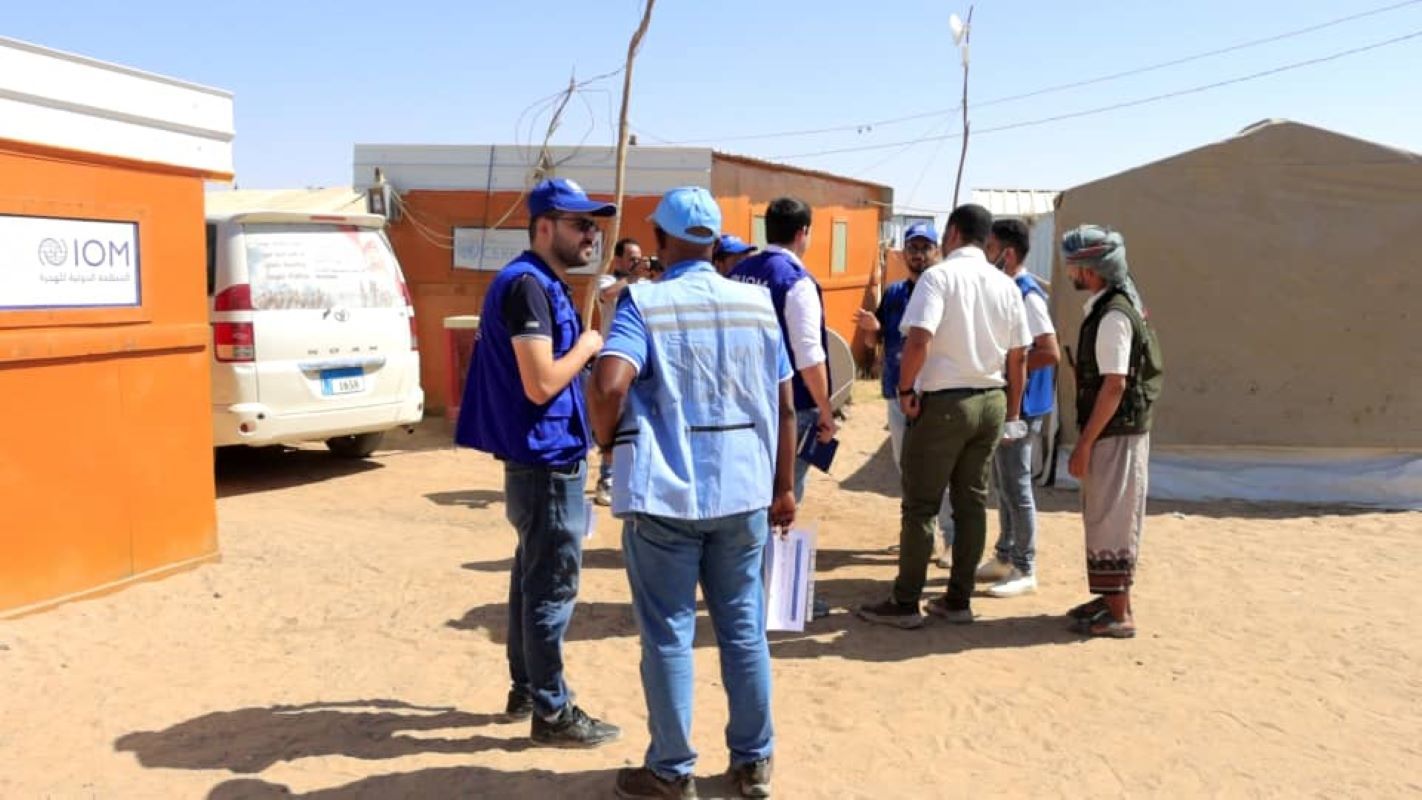


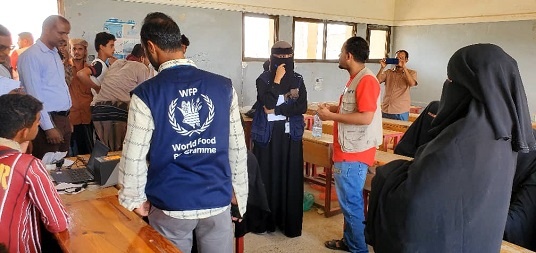
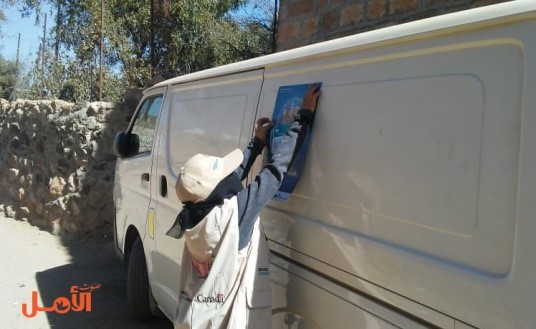
LEAVE A COMMENT